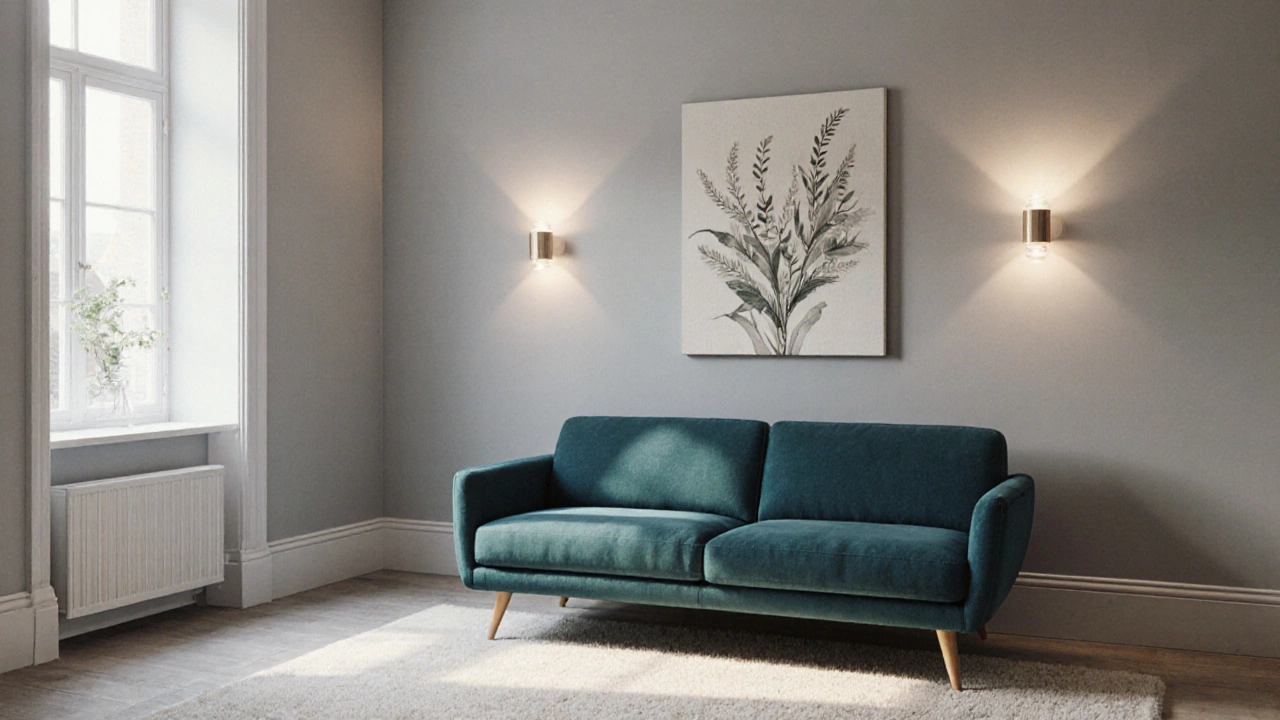Decorative Filler Ideas for Every Room
When working with decorative filler, a small design element that fills gaps, hides seams, or adds visual interest. Also known as accent filler, it bridges surfaces like walls, floors, and ceilings, turning functional joins into style statements. Think of the thin strip that covers the gap between carpet and tile, or the moulding that softens a stark wall edge – those are classic decorative fillers. By choosing the right material, colour, and profile, you can subtly shift a room’s vibe without a major overhaul.
Key Types of Decorative Filler and How They Work Together
One of the most common wall trim, a moulding applied where walls meet ceilings or floors acts as a decorative filler that also protects vulnerable joints. Wall trim creates a finished look and can hide imperfections, which is why interior designers often pair it with textured wallpaper, a wall covering with raised patterns that adds depth. When you layer textured wallpaper behind a sleek trim, the combination draws the eye upward, making the ceiling feel higher – a simple visual trick that feels high‑end. Another useful filler is the flooring transition strip, a narrow piece that blends two different floor types. It prevents tripping hazards and turns a jarring material change into a deliberate design detail. Pairing a transition strip with a coordinated interior accent, such as a decorative rug or runner reinforces the visual flow, guiding foot traffic and drawing attention to specific zones in open‑plan spaces. Even soft furnishings act as decorative fillers. scatter cushions, small pillows placed on sofas or beds for colour pops fill empty spaces on furniture, balancing patterns and adding comfort. When cushions echo the colour of a wall trim or the hue of a transition strip, the room feels cohesive – that’s the power of coordinated fillers across different layers of design. These elements share a common rule: a decorative filler enhances visual continuity. In semantic terms, we can say (Decorative filler) encompasses (wall trim), (flooring transition strip) requires (material matching), and (textured wallpaper) influences (room perception). By understanding these connections, you can mix and match fillers to suit any style, from minimalist to eclectic. If you’re tackling a renovation, start by mapping the major surfaces – walls, floors, ceilings – then decide where each filler can add value. For a small bedroom, a simple crown moulding (wall trim) can make the ceiling appear higher, while a narrow transition strip between carpet and laminate defines a cozy reading corner. In a bathroom, a waterproof wall trim protects tiles and adds a spa‑like finish, especially when paired with subtle textured wallpaper behind the vanity. Whether you’re a DIY enthusiast or hiring a professional, remember that decorative fillers are inexpensive upgrades that deliver big returns. Choose finishes that complement your existing palette, use durable materials where moisture is a concern, and keep an eye on the scale – too heavy a profile can overwhelm a room, while a delicate profile can get lost against bold colours. Below you’ll find a curated collection of articles that dive deeper into each of these filler types, show real‑world examples, and give step‑by‑step tips on installation and styling. Get ready to see how a few smart fillers can transform your space without breaking the bank.
Understanding Filler Art: A Practical Guide for Home Decor
- Gavin Whitaker
- |
- |
- 0
Learn what filler art is, why it matters, how to choose, place, and maintain it, plus a quick comparison with statement and functional art.
View more